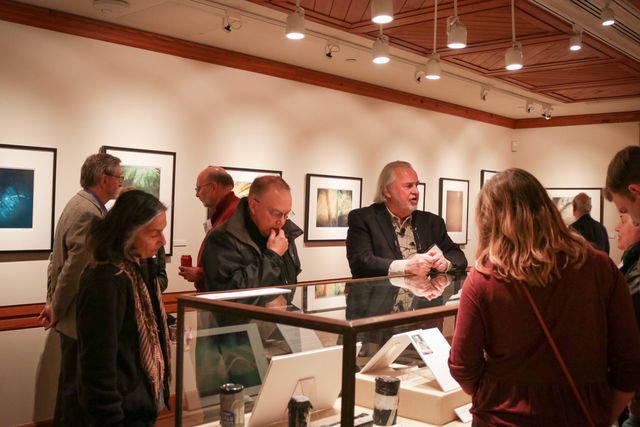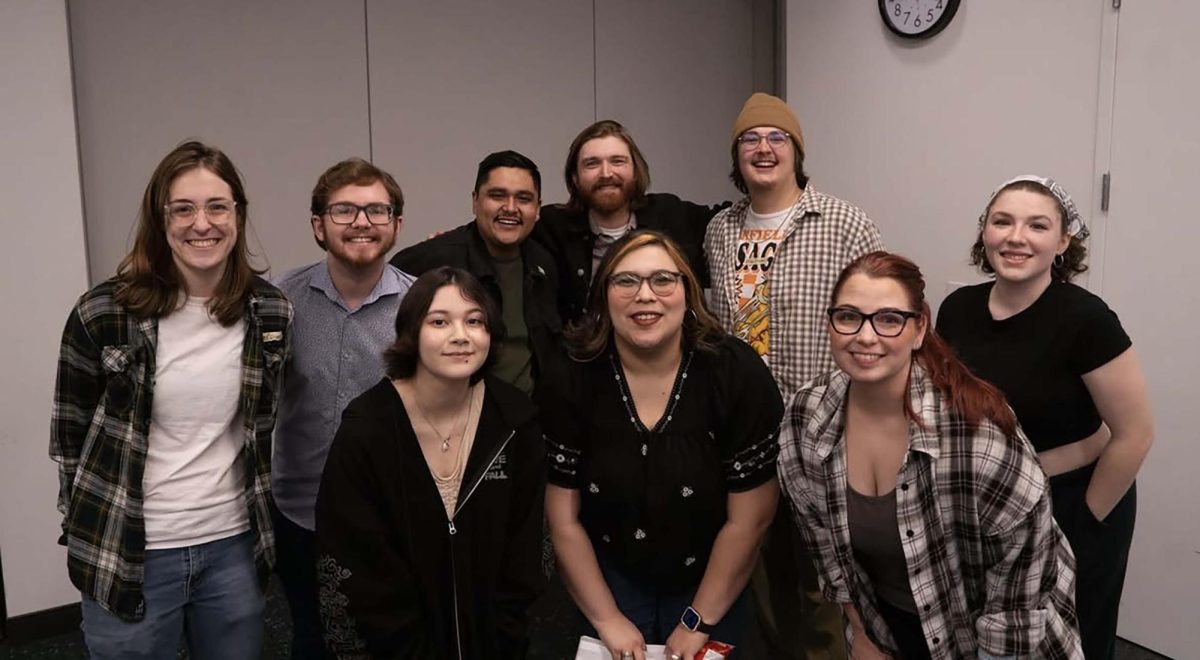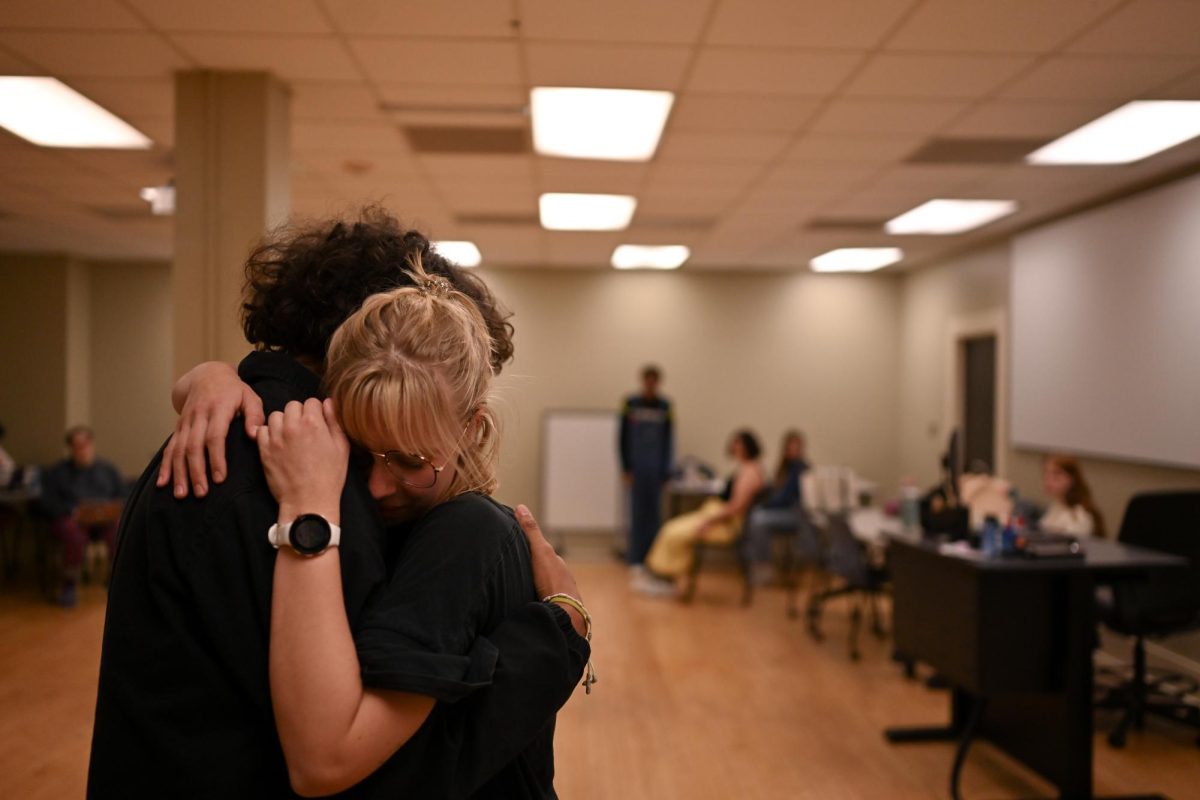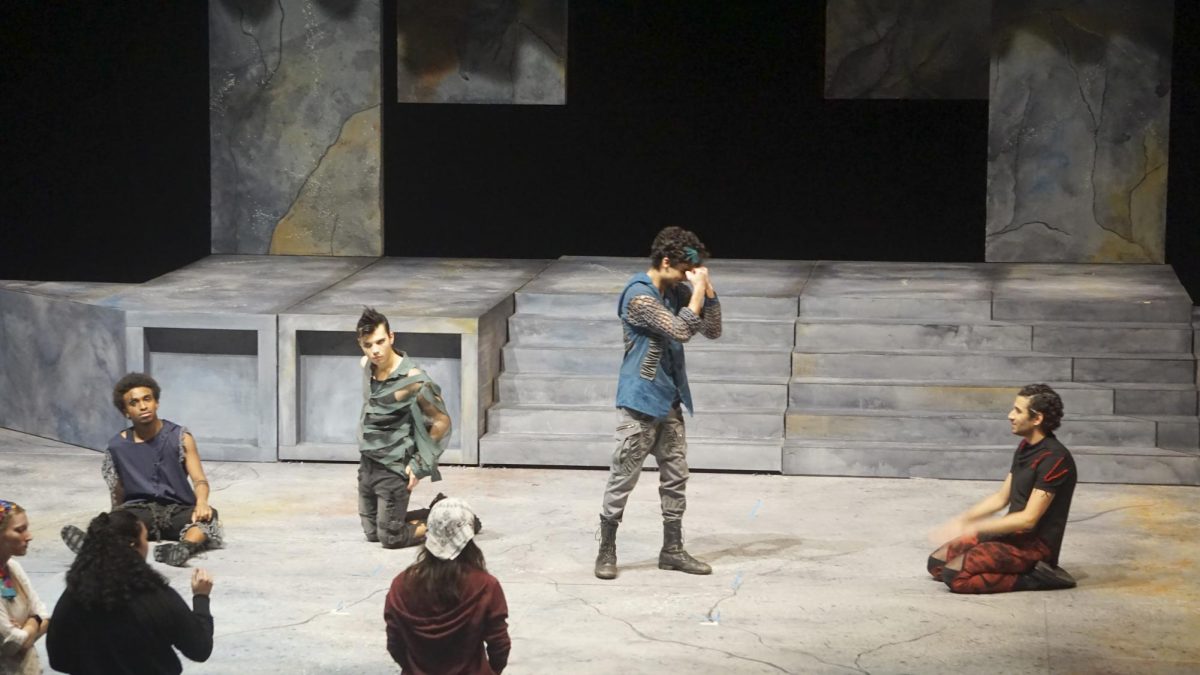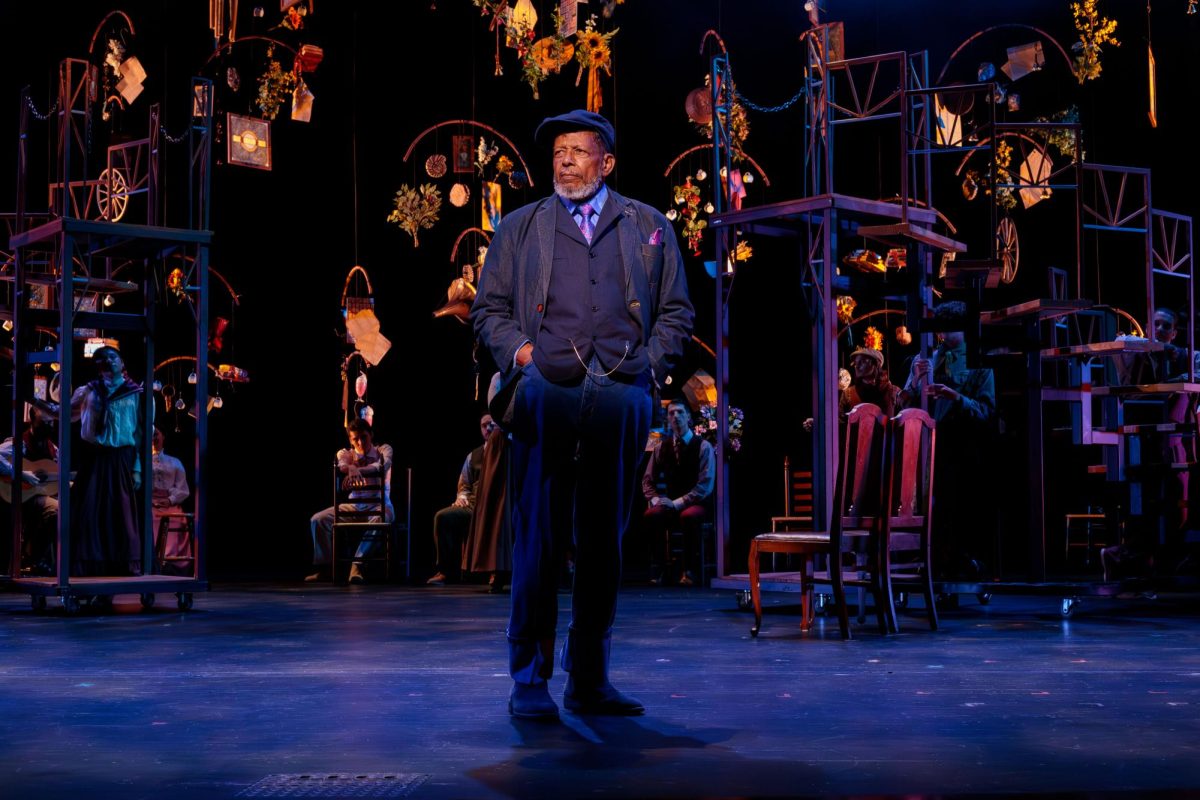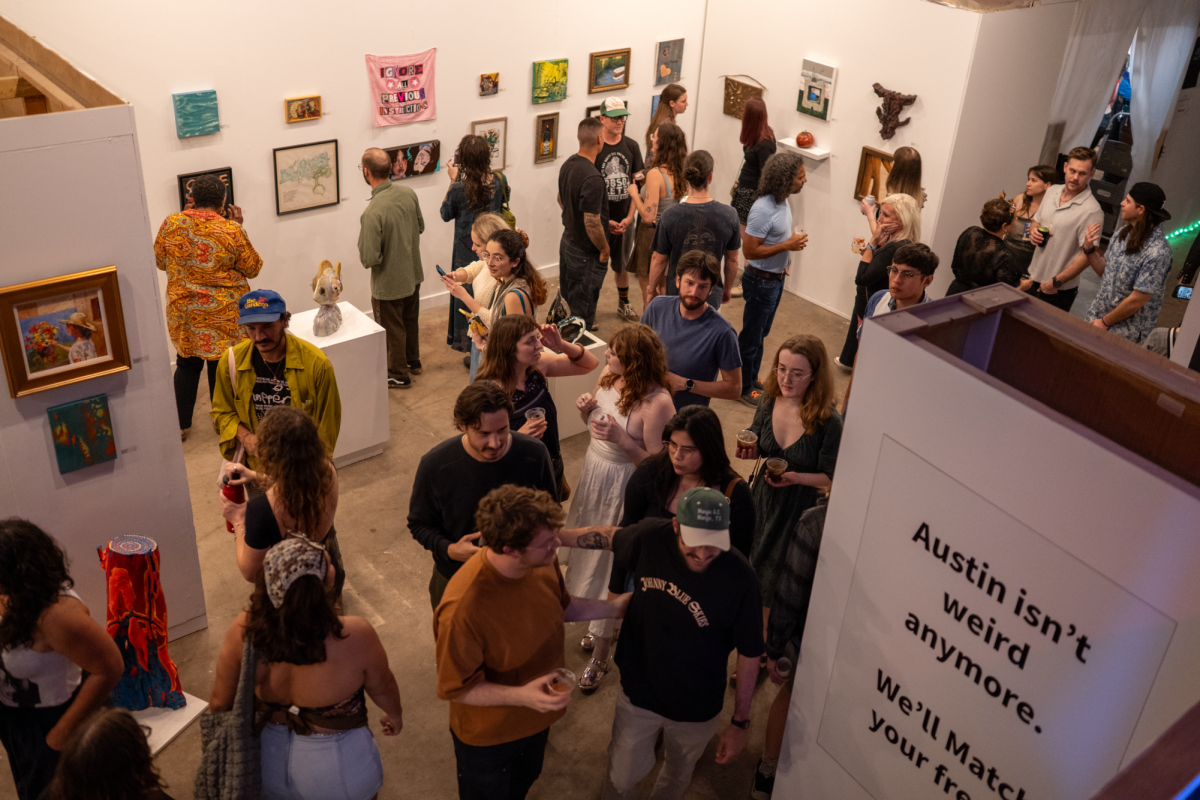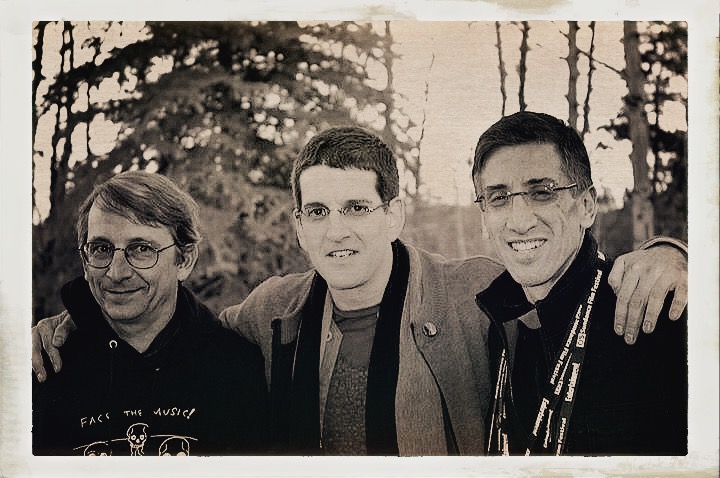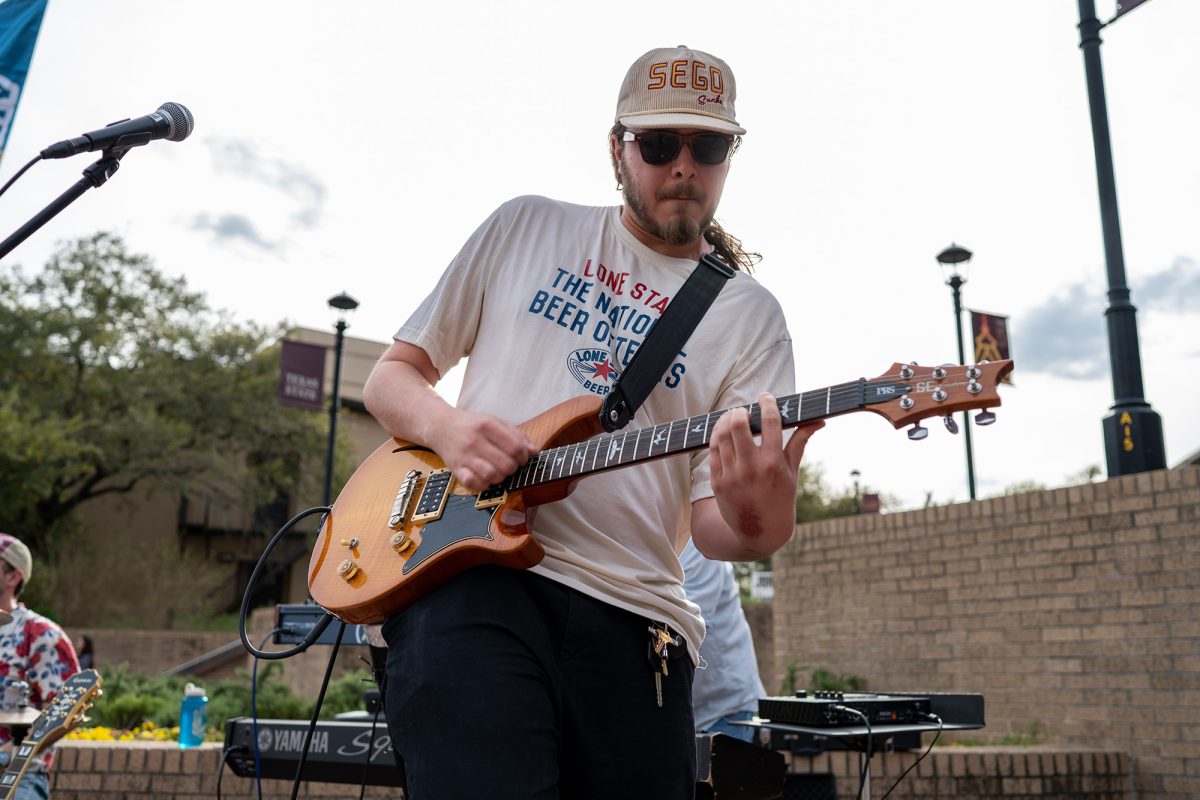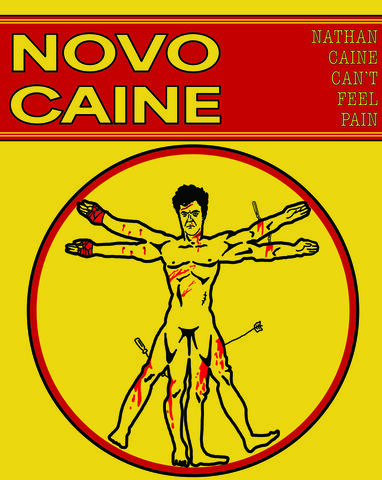A camera made from beer cans may not be the most conventional way to capture the course of the sun over several months in a single image, but one man has used it to reveal the abstract beauty of Texas landscapes.
Bill Wittliff, co-founder of the Wittliff Collections, opened his new solargraphy exhibit “Sunrise Sunset” on Feb. 11. The exhibition will be on display until July 8 in the Wittliff Collections located on the seventh floor of Alkek.
Solargraphy is a photographic technique that uses a pinhole camera to trace the path of the sun over time, allowing its subtle movements to be made visible in a particular landscape. Due to the long exposure, the resulting images looks like a wave of light crossing the sky.
Inspired by Justin Quinell’s solargraphy photos of the Clifton Suspension Bridge in London, Wittliff said his interest peaked when he considered how the images were made and decided to buy a six-pack of beer and embark on his own solagraphy project.
The unique approach Wittliff took to this technique included using tallboy beer cans or small sections of PVC pipe as the pinhole camera. Then he used duct tape to hoister the cameras to various points across his country property in Austin where he would leave them for weeks or months at a time to produce the images. Wittliff has been working on this project since 2014.
Wittliff said he is pleased to offer his exhibition to Texas State students.
“I hope they think ‘if he can do it, I can do it’ and not be afraid to try stuff,” Wittliff said. “Because this seriously is just photographs taken with a beer can, a hole and a bunch of duct tape.”
David Coleman, Wittliff Collections director, said he was at first skeptical of the idea that beer cans could be used as pinhole cameras to produce solargraphic images, but quickly appreciated the project’s mystique once he saw the photos.
“He’s taken pinhole photographs for years,” Coleman said. “He loves the magic to it. With a pinhole, there’s a large part of the image that the photographer doesn’t control; there’s a lot of chance. Bill loves mysterious things.”
Part of the mystery in solargraphy is that the sun creates a slightly new image in the pinhole camera each day. A multitude of things could happen in between, such as a cow munching on the beer can, a pack of ants leaving their footprints across the paper or rain from a storm penetrating onto the image.
“It’s like kissing a frog,” Wittliff said. “Sometimes you get a prince, but most often you just have that frog you kissed.”
Wittliff said though disruptions can ruin the photo, on occasion they can enhance it by showing the beauty of the environment in its natural, active state.
Gregory Curtis, former editor of Texas Monthly and project specialist at the Harry Ransom Center, has known Wittliff since the early 1970s and said if there is one thing he has learned about Wittliff it is that he has a great eye for capturing magnificence.
“There’s always something that he is working on, and usually it is something unique that someone else wouldn’t have thought of,” Curtis said. “Bill still has the curiosity to try and see things in a new way; his mind is always working like that.”
Wittliff is a distinguished writer, film producer and photographer. His photographs have been exhibited all around the world and published in a variety of catalogs, books and periodicals. The Wittliff Collections also house a collection of his photographs from the Lonesome Dove miniseries he wrote and produced.
For more information about Bill Wittliff and The Wittliff Collections, visit http://www.thewittliffcollections.txstate.edu/#f4e8a925f_f=Visitor
Categories:
Wittliff traces sun one beer can at a time
February 13, 2018
Attenders look over the tallboy beer cans Bill Wittliff used as pinhole cameras in his solargraph project.
Photo by Leeann Cardwell | Lifestyle Editor
0
Donate to The University Star
Your donation will support the student journalists of Texas State University. Your contribution will allow us to purchase equipment and cover our annual website hosting costs.
More to Discover



